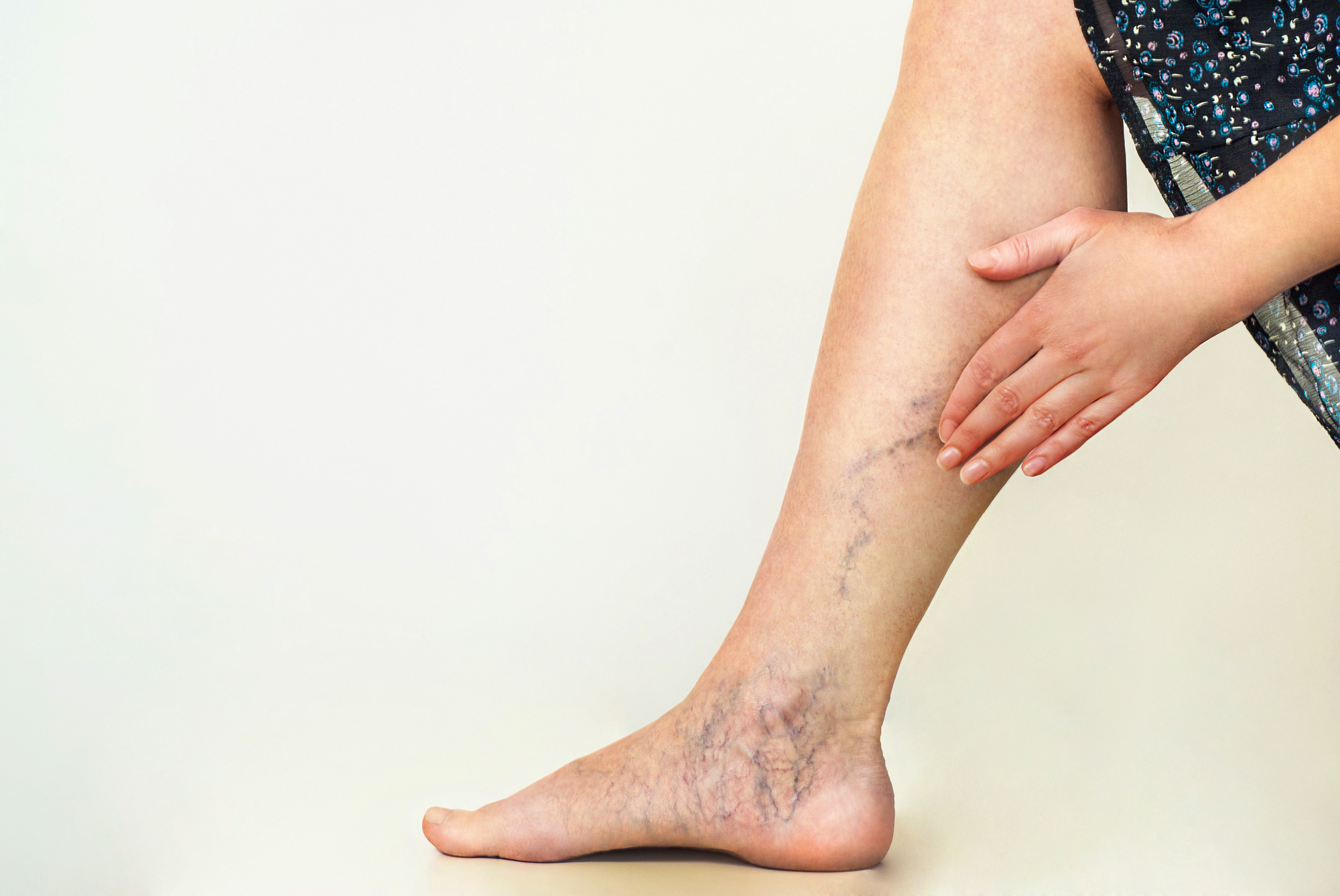Macular degeneration is a condition that affects the macula, the part of the retina responsible for central vision. The condition can be devastating, as it can lead to the loss of the ability to read, drive, or recognize faces. Macular degeneration is a leading cause of blindness in people over the age of 50. Fortunately, there are several early signs of macular degeneration that people can watch out for. In this comprehensive guide, we will discuss the early signs of macular degeneration, its types, risk factors, and treatment options.
Types of Macular Degeneration
There are two types of macular degeneration: dry and wet. Dry macular degeneration is more common and less severe than wet macular degeneration. In dry macular degeneration, the light-sensitive cells in the macula break down, causing the central vision to blur or become distorted. The condition can develop gradually over time, and patients may not notice the symptoms until they become severe.
Wet macular degeneration is more severe and can cause sudden vision loss. It occurs when abnormal blood vessels grow underneath the retina and leak blood and fluid, damaging the macula. This can cause central vision to become blurry, distorted, or dark.
Early Signs of Macular Degeneration
Blurry Vision: Blurry vision is one of the most common early signs of macular degeneration. This is because the macula is responsible for central vision, which allows us to see fine details, such as reading, driving, or recognizing faces. As the macula deteriorates, people may notice that their vision is blurry, especially in the center of their field of vision.
- Difficulty Reading: As macular degeneration progresses, reading may become more difficult. This is because the macula is responsible for sharp, clear vision, which is necessary for reading. People may have trouble seeing small print or may need more light to read.
- Distorted Vision: Another early sign of macular degeneration is distorted vision. This may occur when straight lines appear wavy or bent, or when people see blank spots or dark areas in their central vision. This can make it difficult to recognize faces or read signs.
- Reduced Color Perception: As macular degeneration progresses, people may notice that colors appear less vibrant or dull. This is because the macula is responsible for color vision, and as it deteriorates, color perception may be affected.
- Difficulty Seeing in Low Light: People with macular degeneration may have difficulty seeing in low light. This is because the macula is responsible for seeing in bright light, and as it deteriorates, people may need more light to see clearly.
- Difficulty Adapting to Changes in Lighting: Another early sign of macular degeneration is difficulty adapting to changes in lighting. People with macular degeneration may have trouble adjusting from bright light to dim light, or vice versa.
- Need for Increased Magnification: People with macular degeneration may need to increase the magnification of their reading materials to see clearly. They may also need more light to see clearly.
- Difficulty Recognizing Faces: As macular degeneration progresses, people may have difficulty recognizing faces. This is because the macula is responsible for sharp, clear vision, which is necessary for facial recognition.
Risk Factors for Macular Degeneration
There are several risk factors for macular degeneration, including:
Age: Macular degeneration is more common in people over the age of 50.
Genetics: People with a family history of macular degeneration are at a higher risk of developing the condition.
Smoking: Smoking can increase the risk of macular degeneration.
Obesity: People who are overweight or obese may be.
- Eye Spy: Worldwide Eye Color Percentages - April 19, 2024
- Elevate Energy, Soothe Stress, And Peak Performance with The New UNBEETABREW Coffee Sensation - September 21, 2023
- Chef Bob’s Coffee: A Journey Fueled by Passion - July 29, 2023






